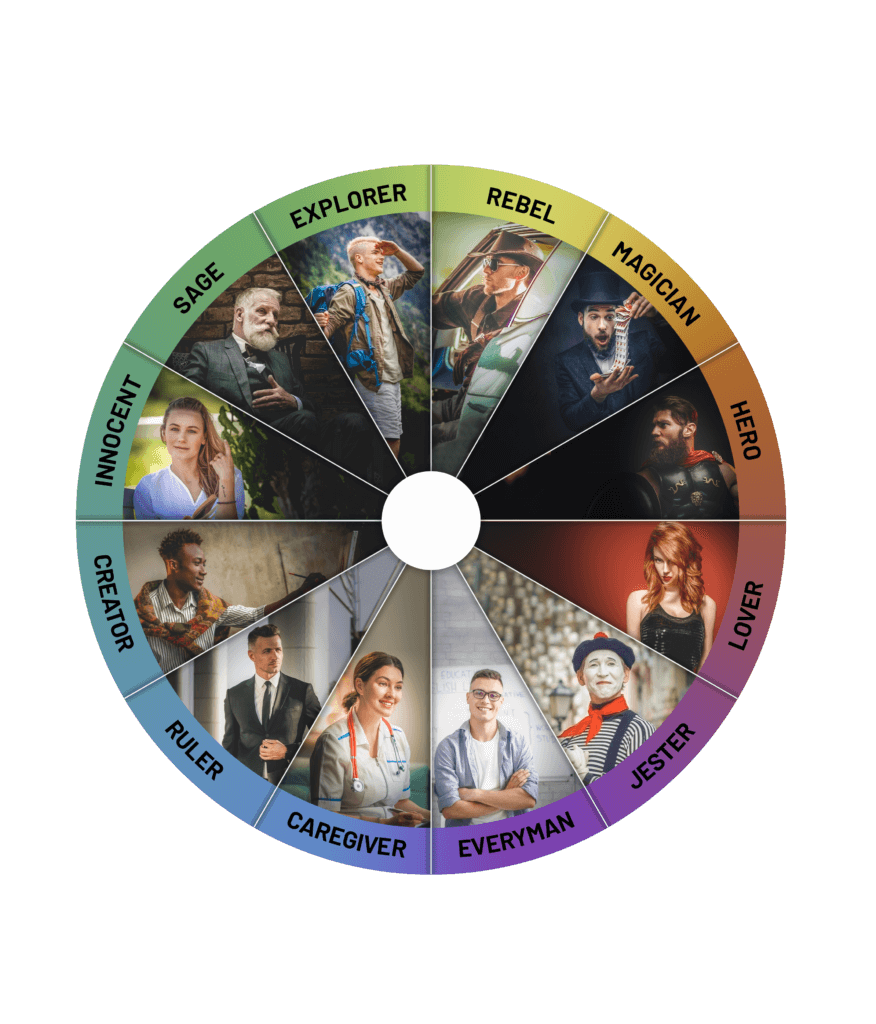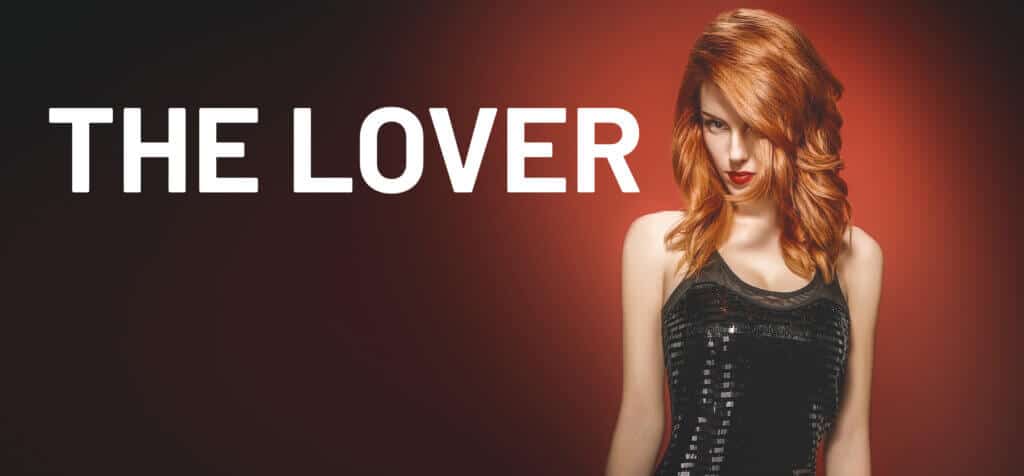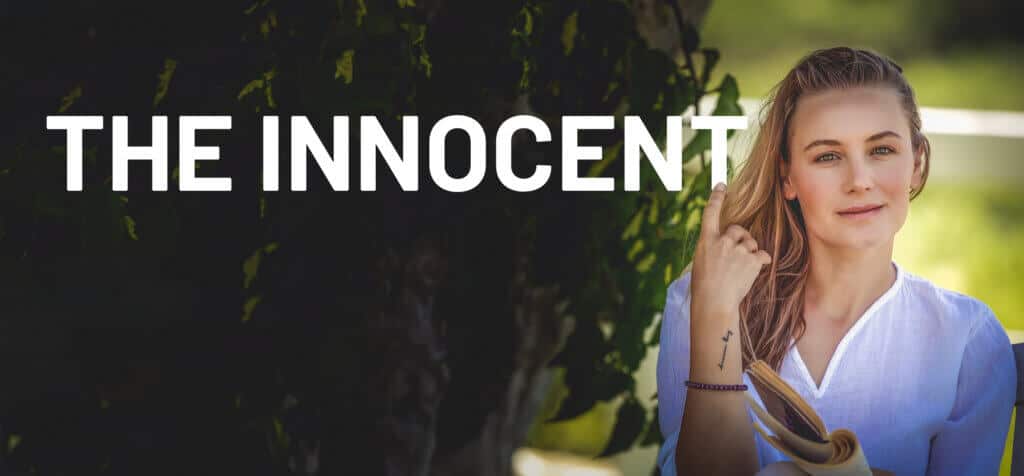Much is said about audience archetypes and how important it is to get your brand to match them. But how many people know what questions they should be asking to identify such archetypes?
For those of you who do not know, a personality archetype is a set of patterns and characteristics a person has that defines who they are and how they are perceived.
Human archetypes are a concept that date back as far as ancient Greek philosophers, however it is Swiss psychiatrist Carl Jung’s theory that we will be operating from.
He created a list of 12 archetypes that he claimed everyone can be categorized under. Here is a list of them, as well as what they generally embody.
The Rebel: Liberation
The Magician: Power
The Hero: Mastery
The Lover: Intimacy
The Jester: Enjoyment
The Everyman: Belonging
The Caregiver: Service
The Ruler: Control
The Creator: Innovation
The Innocent: Safety
The Sage: Understanding
The Explorer: Freedom

Just like their attitudes towards everything in life, each archetype will differ in terms of what they will be looking for in a brand.
Like a person, you have got to consider where your brand fits in in their lives. Do you want to take on the role of an edgy escape? A source of inspiration? Or a trusted friend?
In order to figure that out, here are the questions you need to be asking them.
What do you desire?

It is desire which these 12 archetypes are built upon, so identifying these is an ideal place to start.
It involves analyzing the most closely-held wishes of the audience and linking this to an archetype.
These desires can differ drastically from one another, both by their scale and the ambitions they relate to. But that is a given seeing as the full spectrum of personality is catered to by these 12 archetypes.
None can be too specific either as this would cut off a sizeable chunk of your potential audience. Instead, they are general; such as a desire for power, need for connection through intimacy or a want to help and care for people.
Whatever the desire, as a brand you need to act like it is the most important thing in the world. The corresponding audience archetype with therefore be drawn to you over any other competitors, because they will believe you can help them achieve what they want most in life.
Here are a few examples:
- If your audience desires knowing and uncovering the truth, they might be Sage. They would therefore look for a brand that only communicates the truth. Like Yoda or Gandalf, they desire a brand that is all-knowing. Google is a good example of a Sage brand, as it is never shy of sharing highly detailed information for their customers.
- A Rebel audience archetype is likely to possess the desire of wanting to break free. This means a Rebel brand offer a product or service that appears to go against the status quo, offering your audience an escape from everyday monotony. A prime example of this is Harley Davidson, who built their entire brand on the idea of freedom and appealing to the rebellious side of people.
What do you fear?

Fear is one of the strongest of all emotions, so it is quite right that this is considered when looking at archetypes.
It makes sense. When primitive humans roamed the vast, predator-filled savannah, it was this emotion that kept them alert and alive.
Now, the worries you will be looking to target in modern society are very rarely of a life-threatening nature. However, the way our brains are wired has more or less stayed the same. Fear is still capable of consuming our minds, even if it is over something objectively way less important than our ancient ancestors.
So, what you need to do as a brand is prey on your audience’s biggest fears. Before you start to worry, I do not mean in the same way a wannabe fascist dictator would. Instead, you need to recognise these fears in order to offer your audience a helping hand and ultimately achieve their desires.
Examples:
- If your audience fear boredom then they are most likely a Jester archetype. This means they try to enjoy everything they do and not take life too seriously. As a Jester brand you would combat this fear by providing them with something that is fun and exciting. A good example of this is Old Spice, whose Jester persona is epitomised by their offbeat and humorous adverts.
- The biggest fear for a Lover type would be loneliness. Characterized by the likes of Anna from Frozen or Dirty Dancing’s Baby, they will be expecting full commitment from a brand in order to find some sort of meaningful connection. Hallmark are a prime example of this, presenting family and friends connecting in all of their holiday advertisements.
What are your goals?
Closely tied to the first of the questions, seeing what your audience prioritizes in life guides you towards finding out what their deepest desire is.
You figure out their goals, you take a step towards finding out what people think gives their lives purpose. Once you work that out, shaping your brand’s personality becomes easy.
Like desires, the audience’s goals will range massively according to the archetype but will not be too specific, so as not to reduce your target audience.
What motivates you?

Knowing what drives your audience to take action is a great way of finding their archetype.
It is hard to find out what your audience is motivated by. However, if you do manage to learn what keeps them ticking – bingo!
Figuring out their archetype through this will allow your brand to plug itself into the position of motivator. If your archetype is looking to fulfil their desires, make your brand the brand they will turn to in order to rally themselves.
If operating successfully, your audience will almost seem to rely on your brand in order to try and achieve what they wish – the perfect recipe for a thickly layered audience base.
Examples:
- If they are motivated by mastery, they are probably the Hero type. Play into this by working hard to take on tough challenges, and make sure your audience know it – like Wonder Woman swooping in to save the day or firemen rushing into an inferno. Nike is without a doubt the ultimate hero brand. All of their messaging is meant to inspire and make people believe they can be so much more than what they are.
- An Explorer archetype would be motivated by something such as experiencing something new. Your brand should therefore help guide them along such a path. Jeep and GoPro are optimal examples, as they have both garnered reputations of encouraging adventure through their products.
What is your gift?

Finding out what your audience is good at will often be linked towards their desires.
People like being good at things, do they not? If you one day find yourself with a brush in your hand, ball at your feet or invention in your mind, and it turns out your better than most people at the same level, you will take pride and continue to utilize said skill.
Of course, this is not always the case. Some people choose not to act in accordance with their gift, however enough do for us to be able to make a healthy generalization.
You may think ‘does everyone have a gift?’. If this is the case, stop thinking so narrow-mindedly. Having a gift does not have to be something that is practical or profitable, it can be as simple of possessing a positive mindset or having an unselfish nature.
Your brand must correlate with these deified goals and convince your audience of the fact you can achieve them together.
Examples:
- An Innocent archetype audience may have the gift of being an eternal optimist. If your brand caters to this then it must provide a happy place for its audience. Like Forrest Gump or Buddy from Elf, you seem harmless, all you want to do is help people have a good time. Examples of such brands would be McDonalds or Coca-Cola, who portray this image through the likes of slogans and mascots (more specifically- Ronald McDonald).
- On the other hand, a Creator audience archetype may be blessed with a great imagination. To unlock this, a brand must position itself in one of two possible areas. Either as a force that will disrupt the world by innovation or by offering a platform on which a creative individual can express themselves. Refer to Lego or Adobe for Creator brand inspiration. They both encourage innovation and provide the tools necessary.
We have already discussed the need for your brand to identify a spot in people’s lives in which it can neatly insert itself. But what you should consider about this is the fact that the audience doesn’t necessarily need the same brand archetype in their life to get to their goal.
For example, someone who falls into the Jester archetype would not want to buy climbing safety gear from a company that presented itself as a jokey brand.
Brands should not be limited to just one archetype, but should instead have an archetype mix. This consists of a core archetype (approximately 70 per cent of its identity) and an influential archetype (the remaining 30 per cent of the personality).
The core archetype is the one you will be recognized as while the influential archetype can add certain characteristics from another archetype to yours.
For example, you could build your brand around a Lover type whilst showing a humorous side, therefore incorporating the Jester archetype. Another could be a discovery-based brand with a bit on an edge. This would combine the Explorer and Rebel archetypes.
This is not applicable for all archetypes however, with some being so contrasting in their desires and motivation that they simply would not mix. The Everyman and Hero archetypes would be a good example.
Now you know importance of archetypes and the ways in which you can find them, the next step is to implement this advice and shape your brand.

I have written an in depth e-book about all 12 archetypes. It answers any question you might have about archetypes and includes real world examples of each archetype, both in character, and in brand form.
it’s a 60 page e-book that includes 12 high resolution moodboards of each archetype.
I use these myself for each client meeting and they absolutely love it.



